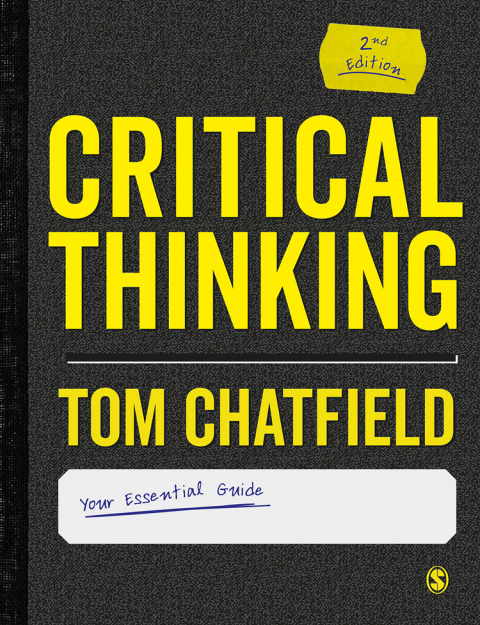Description
Efnisyfirlit
- Thanks and acknowledgements
- Preface to the second edition
- Welcome to the book!
- What this book will help you to do
- Thinking critically for yourself
- Thinking critically online
- What is critical thinking (and why does it matter)?
- The opposite of uncritical thinking
- Scepticism and objectivity
- The battle against bias
- Fast and slow thinking
- Allocating your attention
- Your toolkit for critical thinking
- What is critical thinking for?
- Summary
- PART I THE ART AND SCIENCE OF BEING REASONABLE
- 1 Understanding the reasons behind things
- What is an argument? Persuasion through reasoning
- Spotting arguments by searching for a conclusion
- What isn’t an argument? Information without reasoning
- Explanations: the business of reasoning backwards
- What isn’t an argument? Persuasion without reasoning
- Summary
- 2 Spelling out arguments and assumptions
- Premises and conclusions: the standard form
- Reconstructing extended arguments
- A step-by-step guide to reconstructing arguments
- A few further words about assumptions
- Putting it all together
- Summary
- 3 Reasoning with logic and certainty
- Introducing deductive reasoning
- Valid and invalid arguments
- Necessary and sufficient conditions
- Two types of valid and invalid reasoning
- Sound and unsound arguments
- Summary
- 4 Reasoning with observation and uncertainty
- Argument by induction
- Introducing inductive force
- Induction and everyday language
- Addressing uncertainty through probability
- Making use of samples
- The problem of induction
- Induction and falsification
- Summary
- 5 Developing explanations and theories
- Introducing abduction
- Explanations, theories and hypotheses
- Moving towards better explanations
- Moving from evidence to proof
- Correlation and causation
- Conducting meaningful research
- Summary
- 6 Assessing evidence and planning your reading strategy
- Engaging critically with primary and secondary sources
- Creating a strategy for critical reading
- Note-taking and critical engagement
- Summary
- PART II BEING REASONABLE IN AN UNREASONABLE WORLD
- 7 Getting to grips with rhetoric
- The power of language and rhetoric
- Putting persuasion in context
- Analysing a message in detail: emotion and human stories
- Aiming for impartiality
- Rhetorical devices
- Summary
- 8 Seeing through faulty reasoning
- Fallacious arguments and faulty reasoning
- Formal and informal fallacies
- Informal fallacies of relevance (red herrings)
- Informal fallacies of ambiguity (linguistic fallacies)
- Informal fallacies of presumption (material fallacies)
- Two formal fallacies: affirming the consequent and denying the antecedent
- The undistributed middle: a formal fallacy
- Base rate neglect: another formal fallacy
- From base rate neglect to Bayes’s theorem
- Summary
- 9 Understanding cognitive bias
- Four types of heuristic
- When to trust heuristics and when to distrust them
- Biases based on how things are presented
- Biases born from over-simplification
- Biases born from a lack of insight
- Behavioural economics and the research context
- Summary
- 10 Overcoming bias in yourself and others
- Attaching excessive significance to random events
- Failing to consider things that didn’t happen
- Over-estimating regularity and predictability
- Humans: good at social situations, bad with numbers
- Summary
- 11 Thinking critically about technology
- From data to knowledge via fake news
- Social proof and system bias
- Time, attention and other people
- Search, discovery and categories of knowledge
- Practical tips for search, discovery and beyond
- Summary
- 12 Putting it all together: critical thinking in study, work and life
- Good writing in general
- Good academic writing in particular
- Writing and rewriting in practice
- Getting the work done: what is holding you back?
- Critical thinking and you
- Ten commandments for critical thinking
- Summary
- And finally…
- Reading guide
- Glossary
- Appendix: A synopsis of five valid forms of argument
- Endnotes
- Index






Reviews
There are no reviews yet.